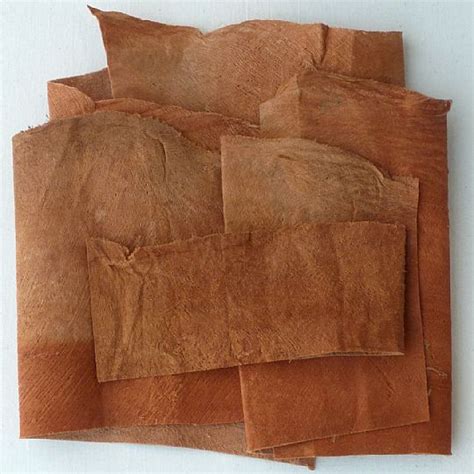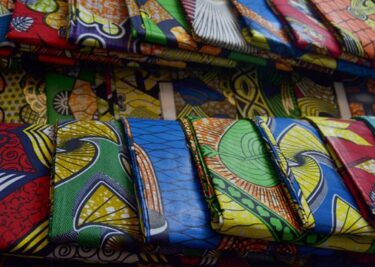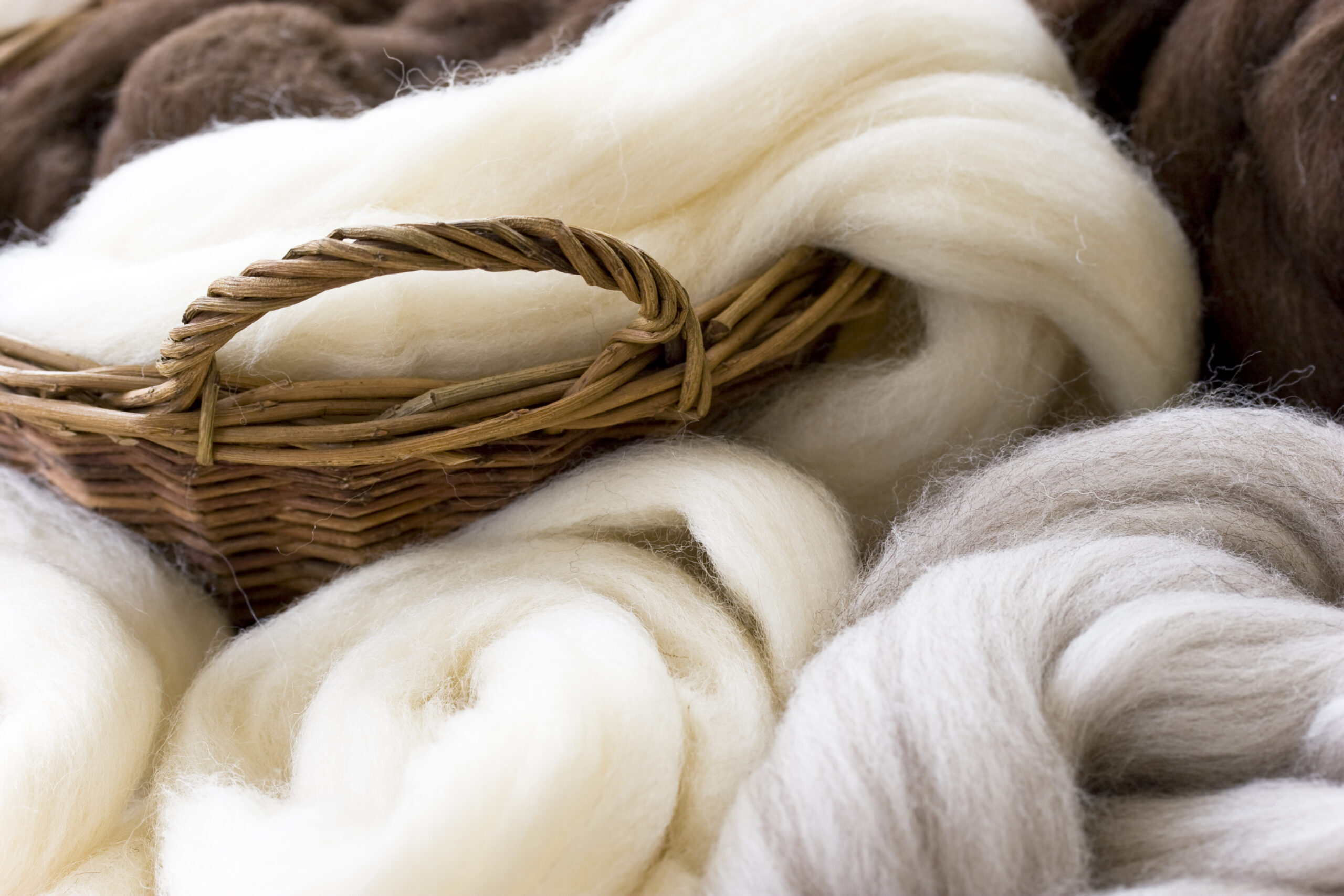Tree to Textile: The Ancient Craft of Barkcloth Creation

Image Source - africanfabric.co.uk
In an era where sustainability in fashion has become an important topic, barkcloth is one of the African textiles that is praised for its environmental friendliness. Within the continent, the Kingdom of Buganda is revered as the expert and pioneer of barkcloth manufacture. This practice dates back centuries within Uganda, and the textile gained popularity in other African countries, including Kenya, particularly amongst the Luhya of Western Kenya and the coastal Mijikenda. The Luhya adopted barkcloth manufacture mainly during the 19th century. However, production reduced from the 1870s with the introduction of woven cotton cloth into the region.
How to make cloth from a tree
Manufacturing barkcloth is a craft that takes years to master. This treasured skill is passed down from apprentice to apprentice over the generations.
Not just any tree can be used to make barkcloth; it is only harvested from trees of the Moraceae family. The preferred tree is the Ficus natalensis, known in Baganda as the mutuba tree. Several species of this tree are indigenous to Kenya, including the mugumo tree in Central Kenya, which was likely not used for barkcloth manufacture due to its sacred nature, and the Antiaris toxicaria, known to the Mijikenda as mguonguo, a name which stems from the word nguo, the Mijikenda and Kiswahili name for cloth. The entire process of harvesting and manufacture requires just the right conditions to ensure the best results are achieved.
Barkcloth is harvested from the trees during the wet season. To begin, a section of the tree trunk is carved out with a knife in order to determine what section of the bark will be removed. The outer layer of the bark is then scraped off, and the inner layer is then cut out of the tree. The harvest of the bark does not harm the tree, as only its outer layer is removed. Once the harvesting is done, the exposed part of the tree is smeared with its oozing gum and wrapped in banana leaves to protect it and stimulate regeneration. Barkcloth is only harvested from each tree once a year, and this process can be repeated for around three decades.
After harvesting the bark, it is rolled up and boiled or steamed in water to soften it and ensure its quality by producing a gum that prevents the textile from tearing apart. This water is also sometimes used by herbalists to soothe a variety of ailments including ulcers, coughs and open wounds.
Once boiled, the bark is pounded continuously with ridged wooden mallets to give it a soft texture. Different sizes of mallets are used for different stages of the pounding, and this process is also what stretches the textile, up to five times its original width and one-tenth its original length. The craftsmen work in an open-air shed in order to protect the bark from drying out when pounding. In case of a tear during hammering, the area is handsewn to close the gap. Thereafter, the barkcloth is sundried to tan it and produce its creamy brown colour.
The versatility of barkcloth
Barkcloth can be worn in a variety of ways. Men wrap it around their bodies and tie a knot on their shoulders, and women tie it around their waists.
Barkcloth is worn for a variety of occasions including coronations, healing ceremonies and funerals, and it has also made its way onto runways in Kenya, and around the world. Contemporary designers also use barkcloth to make bags, hats, curtains, mosquito nets, bedding, and so much more! The inherent sustainability of this fascinating textile teaches us so much about slow fashion and the preservation of cultural heritage. It is no wonder that UNESCO declared it an Intangible Cultural Heritage of Humanity.
Do you know of any other Kenyan communities that engage in barkcloth making? Share with us in the comments.



